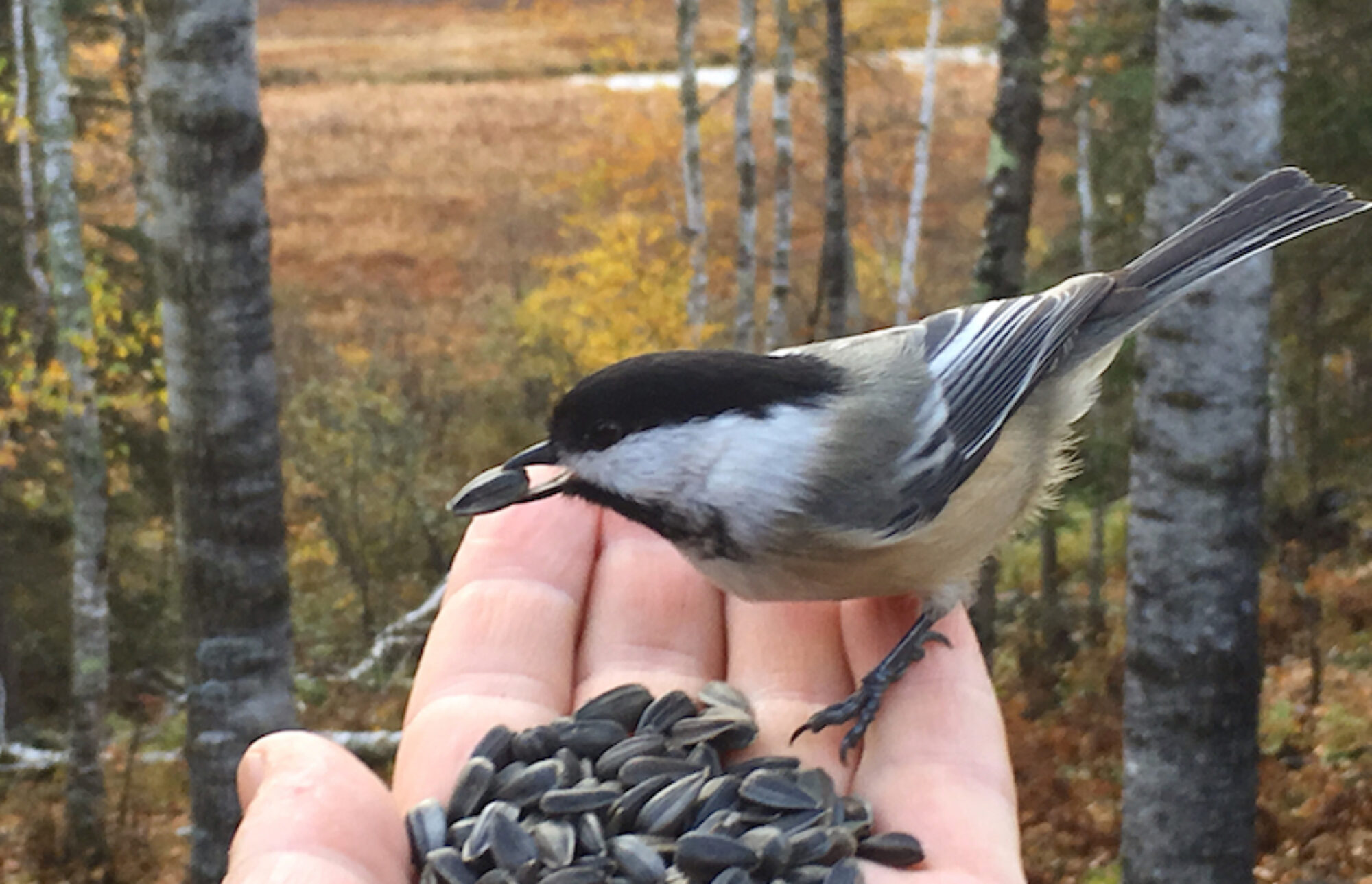You can keep your birdfeeders up.
That’s the word from Rachel Ruden, state wildlife veterinarian with the Iowa Department of Natural Resources.
After nearly a year without any detections in sick or dead birds of the highly pathogenic avian influenza, Iowa has seen a sharp jump in the number of cases of infected waterfowl across the state since December. Most of those cases have occurred in flocks of ducks and geese, mostly north of Interstate 80.
Avian influenza is a highly transmissible, naturally occurring virus found in certain waterfowl and shorebirds, according to the Centers for Disease Control and Prevention. There are various subtypes and strains, most of which cause limited harm to domestic poultry (low pathogenic) but some of which are lethal (highly pathogenic).
The H5N1 strain that has been circulating since 2022 is the first time HPAI has affected wild birds in North America at such a large scale.
Ruden said birds infected by the virus continue to exhibit the ‘classical’ signs of twisting their heads and necks or swimming in tight circles. However, she added, some are just quiet and seem unable or unaware to fly away when approached.
Ruden said people should stay away from sick birds, especially waterfowl, and also cautioned against bringing these birds to licensed wildlife rehabilitators to limit further spread.
On the upside for those of us who enjoy feeding songbirds, Ruden said there is no need for change in feeding practices since most backyard birds are at extremely low risk of being exposed.
“We did document our first blue jay mortality event in early December (and actually the first reported in the U.S.), but also not surprising given their propensity to scavenge,” she said earlier this week. “The affected flock was roosting together with no bird feeders on site anyway.”
Overall, Ruden is optimistic heading into the New Year.
“I believe we are on the backside of the recent wave of influenza activity, so hopefully we will move into a quiet, mid- to late-winter,” she said.
So keep those birdfeeders up … and, might I add, keep them clean and full.
The U.S. Department of Agriculture has an online database tracking HPAI detections in wild birds and other species by state at https://www.aphis.usda.gov/livestock-poultry-disease/avian/avian-influenza/hpai-detections
